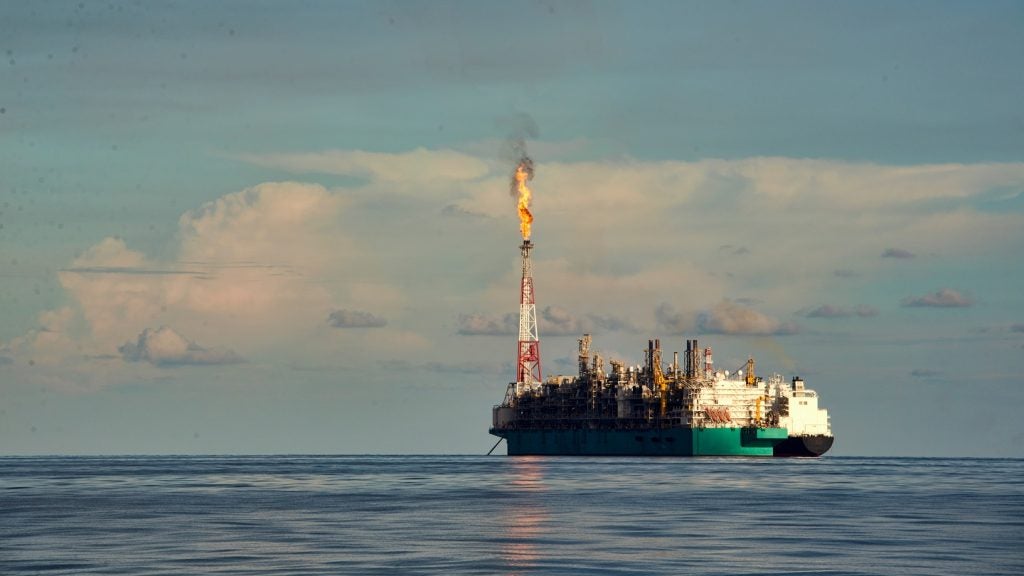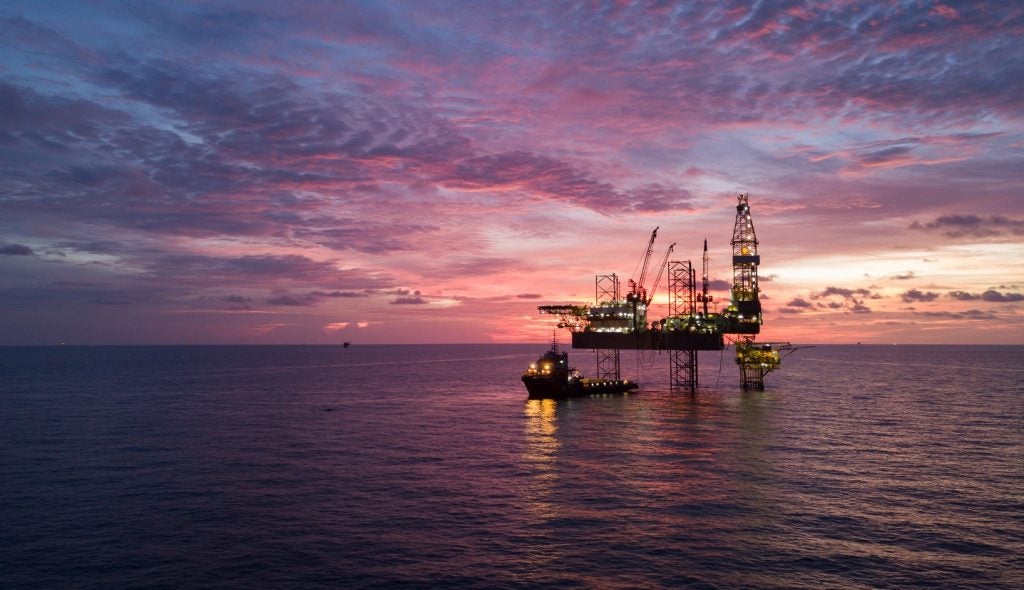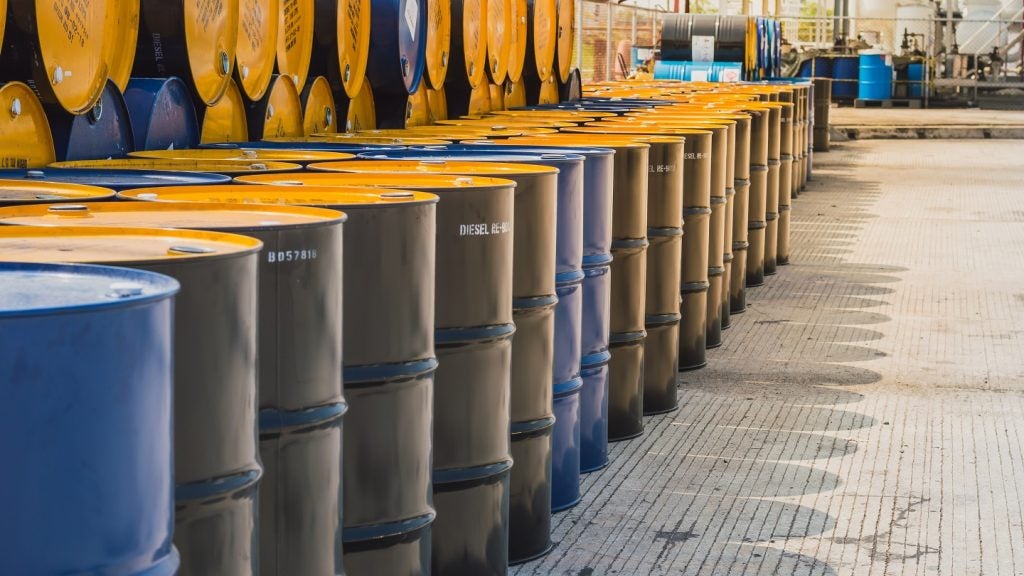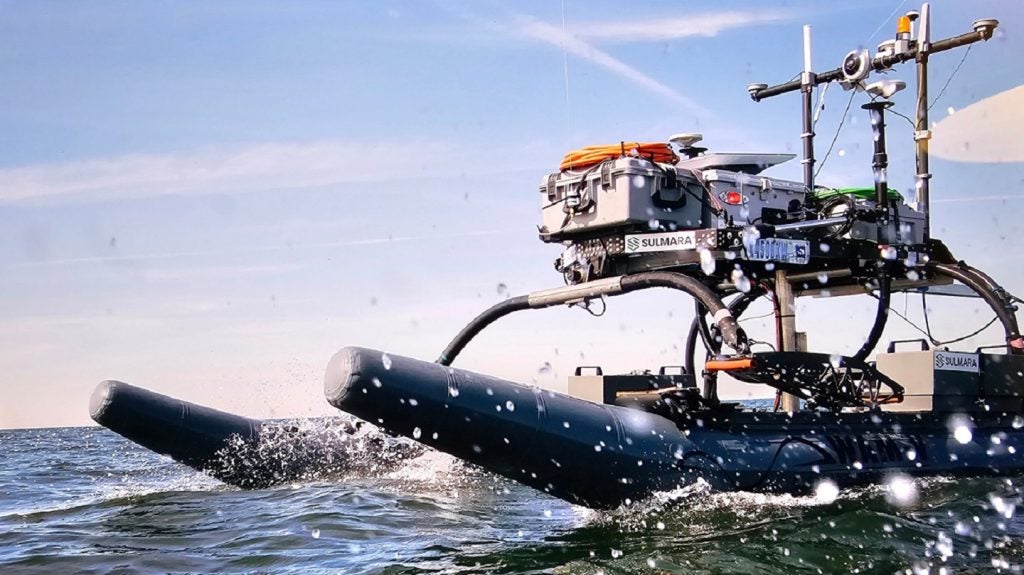
Carbon capture and storage (CCS) has emerged as a frontrunner to clean up carbon emissions produced by burning fossil fuels and the technology has been embraced by countries such as the United States, Canada, the United Arab Emirates, Australia, Algeria, Norway, Saudi Arabia, and Brazil.
Norway also plans to develop a stable CCS value chain by 2024 and will do so through a vast CCS project called Longship. The development of this full-scale project includes the capture of carbon dioxide from industrial sources in several European countries and the shipping of liquid carbon dioxide from capture sites to a terminal 2,500m below the seabed.
Longship will also provide funding for a transport and storage project, Northern Lights, which will be responsible for the transportation of carbon dioxide, via tanker ship, from the capture locations to the purpose-built receiving terminal on the west coast of Norway.
Norway Minister of Petroleum and Energy Tina Bru says: “With the knowledge currently available, CCS will be necessary on a large scale if we are to meet climate targets at the lowest possible cost. Longship is an effective means for Norway to contribute to reducing global greenhouse gas emissions in the long term, at the lowest possible cost.”
Development of the CCS project
The Norwegian Government commenced feasibility studies on capture, transport, and storage solutions back in 2016, which collectively confirmed the viability of realising a full-scale CCS project in the Nordic country.
Once built, the project, which is pending final investment approval by the Norwegian Government by the end of 2020, will become the first storage site in the world to receive and capture carbon dioxide from industrial sources in several countries.
How well do you really know your competitors?
Access the most comprehensive Company Profiles on the market, powered by GlobalData. Save hours of research. Gain competitive edge.

Thank you!
Your download email will arrive shortly
Not ready to buy yet? Download a free sample
We are confident about the unique quality of our Company Profiles. However, we want you to make the most beneficial decision for your business, so we offer a free sample that you can download by submitting the below form
By GlobalDataThe Longship CCS project will rely on ships travelling from the carbon dioxide capture sites to the Northern Lights onshore site, carrying large carbon dioxide volumes from across Europe that would otherwise be emitted in the atmosphere.
Once the carbon dioxide is captured onshore by industrial carbon dioxide-emitters, the Northern Lights division will take over the transportation by ships, injection, and permanent storage to a terminal some 2,500m below the seabed.
The carbon dioxide receiving terminal will be located at the premises of Naturgassparken industrial area in the island municipality of Øygarden, Western Norway. The plant will be operated remotely from Equinor’s facilities at the Sture terminal in Øygarden and the subsea facilities from Oseberg, a platform in the North Sea. The liquified carbon dioxide will then be carried by pipelines to a subsea offshore storage location for permanent storage in the North Sea.
If the project receives final approval this year, it will become operational in 2024, after a three-year construction phase.
As the project will be developed in phases, Phase 1 includes capacity to transport, inject, and store, with a projected maximum of 1.5 million tonnes of carbon dioxide per year.
After the completion of Phase 1, further phases will expand capacity, triggered by market demand from other carbon dioxide emitters across Europe.
Based on the outcome of the first phase of this venture, the Norwegian Government will continue the development of the concept through a study agreement also covering front-end engineering and design studies. This will be conducted under the supervision of state-owned CCS firm Gassnova, which represents the Norwegian state and acts as a coordinating body.
A partnership between three of the most prominent oil operators
The project also marks the first joint collaboration between the Norwegian branches of three of the leading European oil operators, Total E&P Norge, Norske Shell, and Equinor (formerly Statoil), which first embraced the idea of carbon storage development on the Norwegian continental shelf three years ago.
Gassnova and Equinor conducted the pre-project, including concept and basic engineering studies. Gassnova then awarded Equinor the leading contract for the first phase of the project in June 2017, following which Shell and Total joined as equal partners.
In May 2020, the trio announced their investment in Northern Lights’ first exploitation licence based on information on the quality and capacity of the reservoir, acquired in the drilling of the “Eos” confirmation well earlier in 2020.
The operators also agreed to contribute with experience, experts, and financial support, with more than 150 people from the three companies currently working on the project.
Bru explains: “Equinor, Shell, and Total have each made individual final investment decisions for Phase 1 of the project, contingent on a decision by the Norwegian authorities to fund according to the state support agreement.”
She also emphasizes that it is up to Northern Lights to decide when and how they will execute Phase 2 of the project, which could receive, inject, and store an additional 3.5 million tons of carbon dioxide per annum, adding up to a total of 5 million tons of carbon dioxide per annum.
The companies’ recent investment decision concludes the study phase, during which Equinor, Shell, and Total worked closely with the Norwegian authorities, and now the partners intend to establish a joint venture company.
The participation of the three oil and gas operators in the CCS project demonstrates an eagerness to be part of the clean energy transition and will assist Norway and the EU in reaching the European Commission’s proposal for a 2030 climate and energy policy framework, along with meeting the Paris Agreement’s long-term emission goals.
Lowering the threshold for CCS projects across the world
One of the major opportunities the project could create, as explained by Bru, comes from the support agreement, which applies to the transport and storage part of the project, and has been designed to give Northern Lights the incentive to incorporate new projects.
“[The project] will demonstrate that CCS is safe and feasible; it will facilitate learning and cost reductions for subsequent projects and will establish infrastructure that other projects can use. Hence, the threshold for establishing new CCS will be lowered,” Bru explains.
In addition, both phases of the Northern Lights project will have the flexibility to receive volumes from European carbon dioxide sources, beyond the 800,000 tons of carbon dioxide per annum.
UK innovation foundation Nesta Challenges researcher Sarah Holliday says: “CCS has had a bit of a wobbly journey in terms of governmental support in the UK up until now, the Norwegian Government is definitely one of the most ambitious in its environmental agenda and should be admired.”
Noting that’s CCS projects come with costly challenges, Holliday emphasises that continuous support will be needed to make an impact in Norway: “Greater investment and innovation is welcome, the next and crucial step is to develop effective carbon-negative technologies, including direct air capture and sequestration, bioenergy with CCS and nature-based solutions… We need to incentivise this innovation with bold funding and ambitious goals to crowd in talent and further investment in developing carbon dioxide removal technologies.”
As CCS appears to be one of the high-cost, but key, technologies to deliver deep decarbonisation in Europe by 2050, it is hoped that more far-reaching projects will receive similar encouragement and support across the continent.






